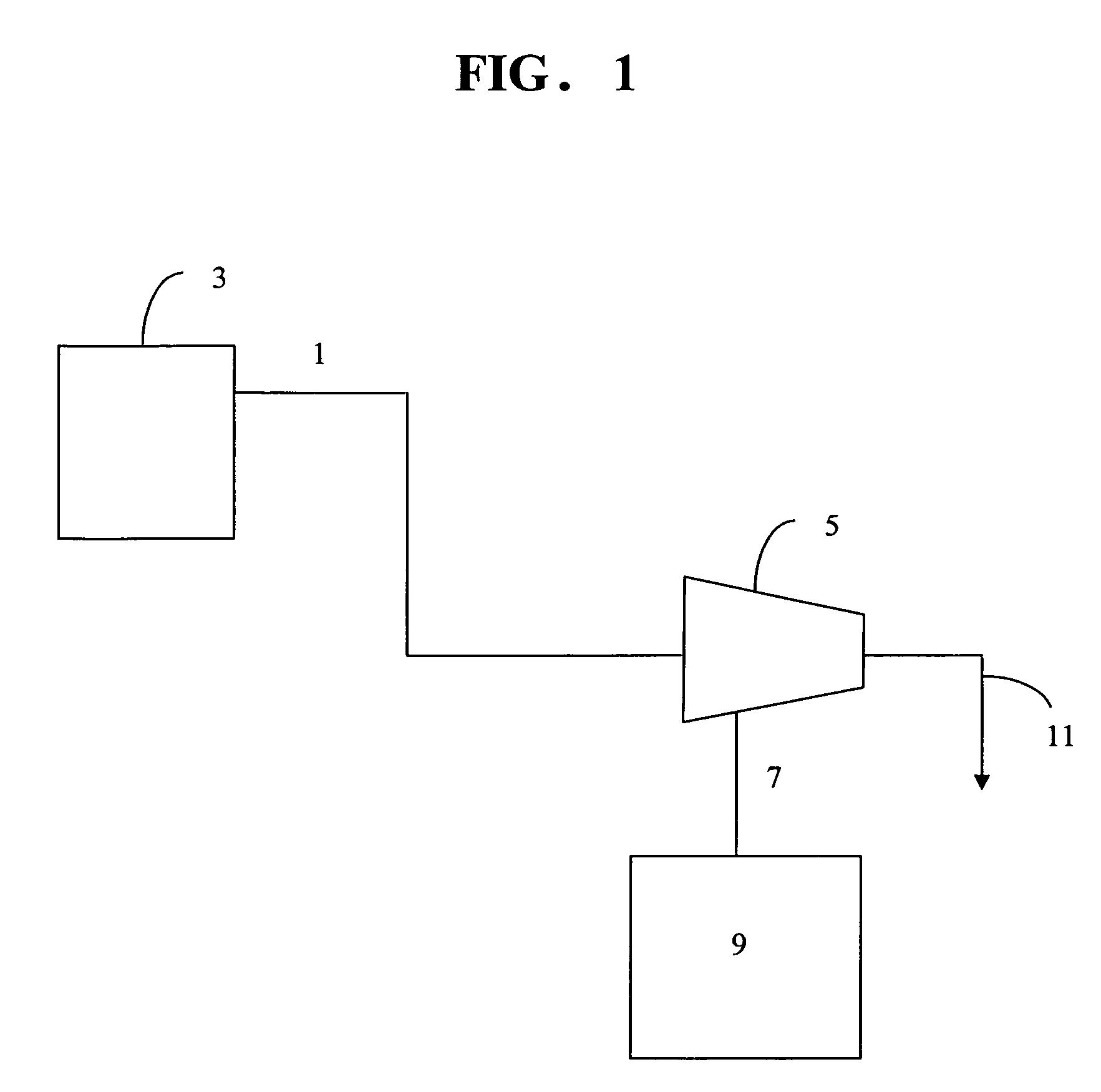Processes for producing polymer blends and polymer blend pellets
a technology of polymer blend and polymer blend, which is applied in the direction of chemical/physical/physical-chemical processes, manufacturing tools, chemistry apparatus and processes, etc., can solve the problems of reduced storage and handling of pellets produced from polymer blends, and achieve beneficial storage and handling characteristics, and the effect of reducing the number of pellets
- Summary
- Abstract
- Description
- Claims
- Application Information
AI Technical Summary
Benefits of technology
Problems solved by technology
Method used
Image
Examples
examples
[0086]The following components were incorporated into polymeric materials and evaluated as set forth in Tables IA and IB below.
[0087]ESC Achieve 3854 (34 MFR) is an isotactic polypropylene satisfying the criteria of a second polymer component and is commercially available from ExxonMobil Chemical, Houston, Tex.
[0088]Irganox 1076 is an antioxidant is commercially available from Novartis Corporation.
[0089]VM2000 is a propylene ethylene copolymer containing 15 wt. % ethylene, having a 20 MFR at 223° C., satisfies the criteria for a first polymer component as described herein and is available from ExxonMobil Chemical, Houston, Tex.
[0090]Experimental second polymer component A (Polymer A in Table 1B) was produced according to the following general procedure. The propylene-based elastomers in the following examples can be prepared according to the following procedure. In a 27 liter continuous flow stirred tank reactor equipped with a dual pitch blade turbine agitator, 92 Kg of dry hexane,...
PUM
| Property | Measurement | Unit |
|---|---|---|
| temperature | aaaaa | aaaaa |
| wt. % | aaaaa | aaaaa |
| wt. % | aaaaa | aaaaa |
Abstract
Description
Claims
Application Information
 Login to View More
Login to View More - R&D
- Intellectual Property
- Life Sciences
- Materials
- Tech Scout
- Unparalleled Data Quality
- Higher Quality Content
- 60% Fewer Hallucinations
Browse by: Latest US Patents, China's latest patents, Technical Efficacy Thesaurus, Application Domain, Technology Topic, Popular Technical Reports.
© 2025 PatSnap. All rights reserved.Legal|Privacy policy|Modern Slavery Act Transparency Statement|Sitemap|About US| Contact US: help@patsnap.com


